The demise of my relationship with the Internal Combustion Engine
| I’ve known for a while that my relationship with the Internal Combustion Engine (ICE) had run its course. After all, cars have changed a lot since I started driving, and so have I! At age 16, my Ford Bronco was largely a source of entertainment that I took off-roading in the deserts of Eastern Washington with friends (much to my parents’ dismay). But now, cars just remind me of climate change, poor air quality, stress and obesity. As I sit idling in M50 traffic, I can’t help but think about how much cars alter the planet and my daughter’s future, and I’m ashamed of the energy I wasted driving through deserts as a teenager. |
| The spark between ICE and I was most definitely gone, but I wasn’t quite ready to throw in the towel this year. I know the future of transport lies primarily in public transport, walking and cycling but unfortunately my part of the country has patchy infrastructure and so while I don't need a car on a daily basis, I do still require one a few times a week for basic errands and childcare. I had a little 2008 Nissan Micra that served those purposes as my faithful companion for a decade. At least she was low on emissions and I tried to use her as little as possible. My mechanic assured me she wouldn’t leave me anytime soon... |
Cue my knights in shining armour – My local mechanic, Darren Darker of A+ Service Centre had me in a loaner car the very next day while I awaited diagnosis.
I knew I couldn’t in good conscience fall into bed with another ICE, but I felt unprepared for the radical commitment of becoming an electric vehicle (EV) owner...
| My dad was visiting from the USA at the time and disapproved of his daughter’s irrational desire for an EV. – “Too risky and unreliable!”, he exclaimed. After the test drive, with boyish wonderment, he said he’d “seen the future” and marveled at the superior technology of the EV. With far less moving parts and maintenance requirements than the ICE, the EV acquired the elusive parental seal of approval! |
| The guilty thoughts that once plagued me behind the wheel of my ICE began to melt away with the space age whiz of the electric motor. Driving felt fun again. At the end of the day, however, what mattered most was size… I mean, range! 😉 I’d heard about the affliction of range anxiety that can affect EV owners, so I wanted the biggest range I could get. |
| Renault’s Jeremy Warnock gave me the sage advice to borrow a Zoe for a few days to see how she could foster a term he coined, "range confidence" instead of anxiety. I took Zoe for a spin around the block to learn about her features before we headed off on our own. It was an awkward first date as I struggled to get my head around her foreign personality – so silent I thought she was dead, yet so responsive I felt like a clumsy fool behind her wheel. I drove Zoe from Bray into Dublin city centre the following morning to see how she managed a day in my life (though normally I would take the DART). |
| Once I got used to Zoe’s silence, it was bliss. In fact, I felt like we were floating rather than driving. Her touch screen dashboard, showing where energy was going through the car in real time, was also fascinating and made me drive far more efficiently than I ever did in my ICE. If Zoe could make me a happier, better person while enduring Dublin traffic, I knew she was the car for me. After a round trip commute from Bray to Dublin in peak traffic and cold weather, Zoe’s battery dropped from 70% to less than 40% charge. |
| Zoe’s GPS told me there were four charge points within a kilometre of my house, but much to my dismay, the fast charger at Bray’s Tesco was listed as broken, leaving just the three slow charge points. To make matters worse, it turns out there are at least three different types of chargers with different voltages and sockets in Ireland. I found myself trying to recall high school physics to figure out which once I could go to and feeling a bit dumb and overwhelmed! |
I started to feel anxious... It wasn’t Zoe’s fault, she was great. Maybe I just wasn’t ready for such a dramatic change in my life. Maybe we needed to wait a few years until EVs and I were more mature. Maybe Zoe was too good for me and deserved someone smarter, who remembered more about currents, voltage and ohms…
| Zoe’s GPS guided me to the nearest appropriate charge point on Bray sea front and I decided to use the time she was recharging to recharge myself with a run and a coffee. I felt like a bit of a plonker pulling up to the charge point, getting my giant cable out of the boot, and trying to figure out how to plug it all in. I didn’t like the attention and feeling eyes on me as I struggled with my first charge. Fortunately, it was all pretty idiot proof with the Ecar charger clearly telling me what to do at each stage. Zoe charged away and it didn’t cost me a single cent! Fantasies of a life free of petrol costs filled my head while I ran... Maybe Zoe and I really could live happily ever after. Luckily, Wicklow County Council (unlike Dublin City Council) gives EV owners up to three hours of free parking while on charge because it took that long to get Zoe back up to full strength. |
| The most surprising thing about being in Zoe’s company was the reaction from other people. The number of passers-by that gave me thumbs ups and nods of approval or stopped to ask questions about her was inspiring. People were generally excited to see an EV and wanted to know more and that made me feel positive about the revolutionary low-carbon transition Ireland has to make. I have a hunch the reason EV uptake isn’t higher is not due so much to limits in technology or lack of incentives, but rather because of limits in public awareness. Car companies are focused on selling their particular EV to a niche group of techy or environmentally conscious consumers, but no one is selling EVs as a whole to the public though that is part of what it will take to decarbonise our transport system in the next three decades. |
I've just committed to a 2018 Black Renault Zoe EV!!!
| I’ll be honest – while I’m excited, I’m also a little nervous about the prospect of a long-term future with something I know so little about. Breaking up with fossil fuels is hard to do, particularly when everyone else around you are still wedded to them!Going electric feels like a radical change for me and there's still the problem that our grid is fed largely by fossil fuels, but I’m passionate about climate action so it would be hypocritical to stay with ICE when I have the opportunity to leave. I always find I learn the most and change for the best from the scariest things in my life. Becoming dependent on relatively new EV infrastructure to get around is definitely in the moderately scary category for me, so the learning curve should be interesting to say the least... Stay tuned for my adventures with Zoe, which I’ll continue to chronicle on this blog, for better or for worse... |


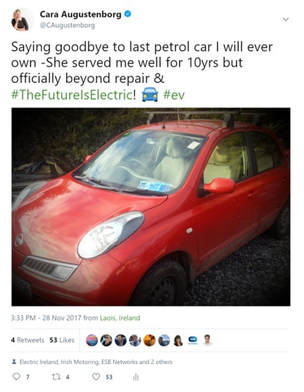
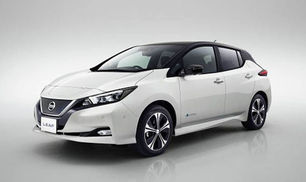
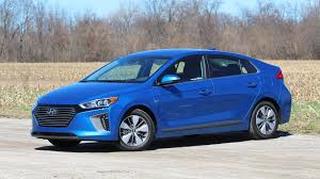
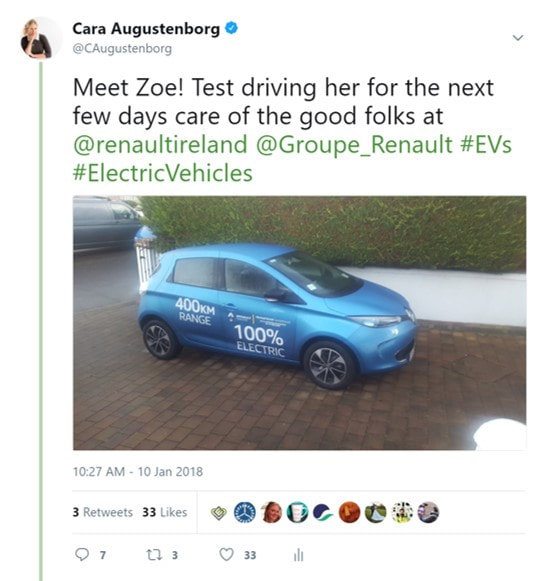

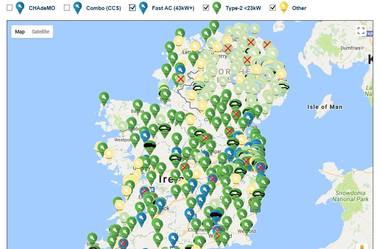
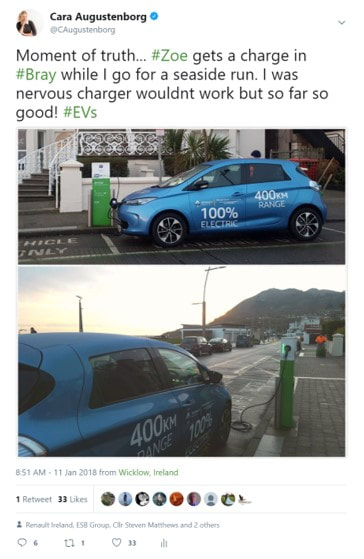
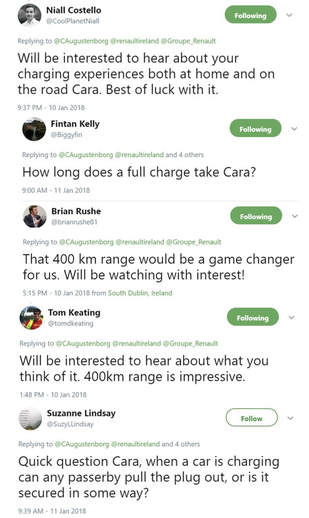
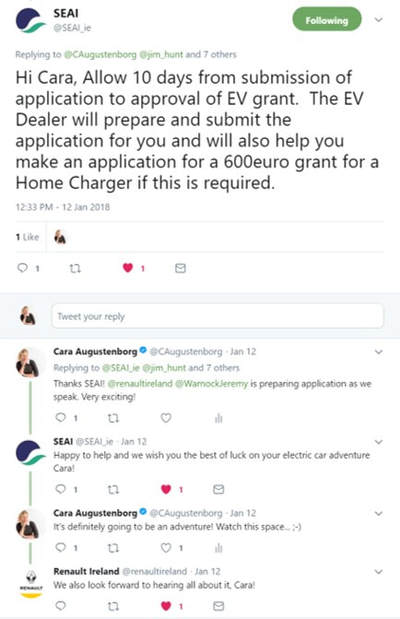

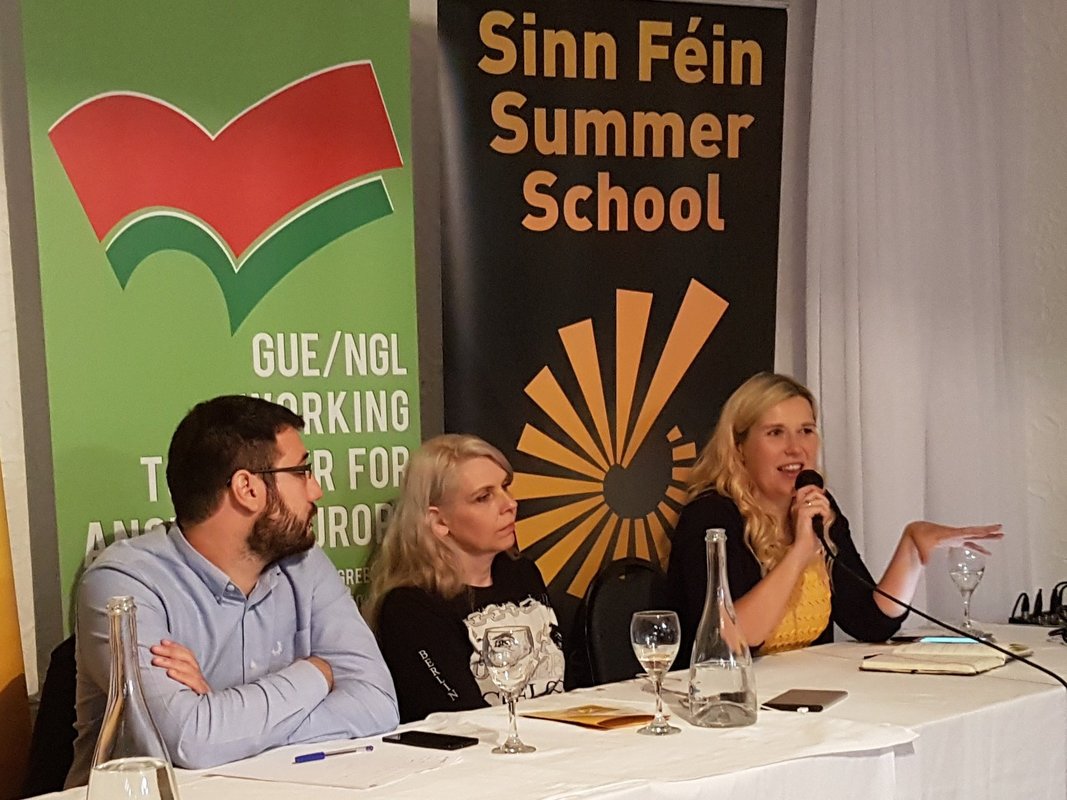
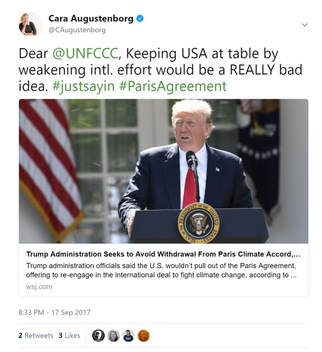
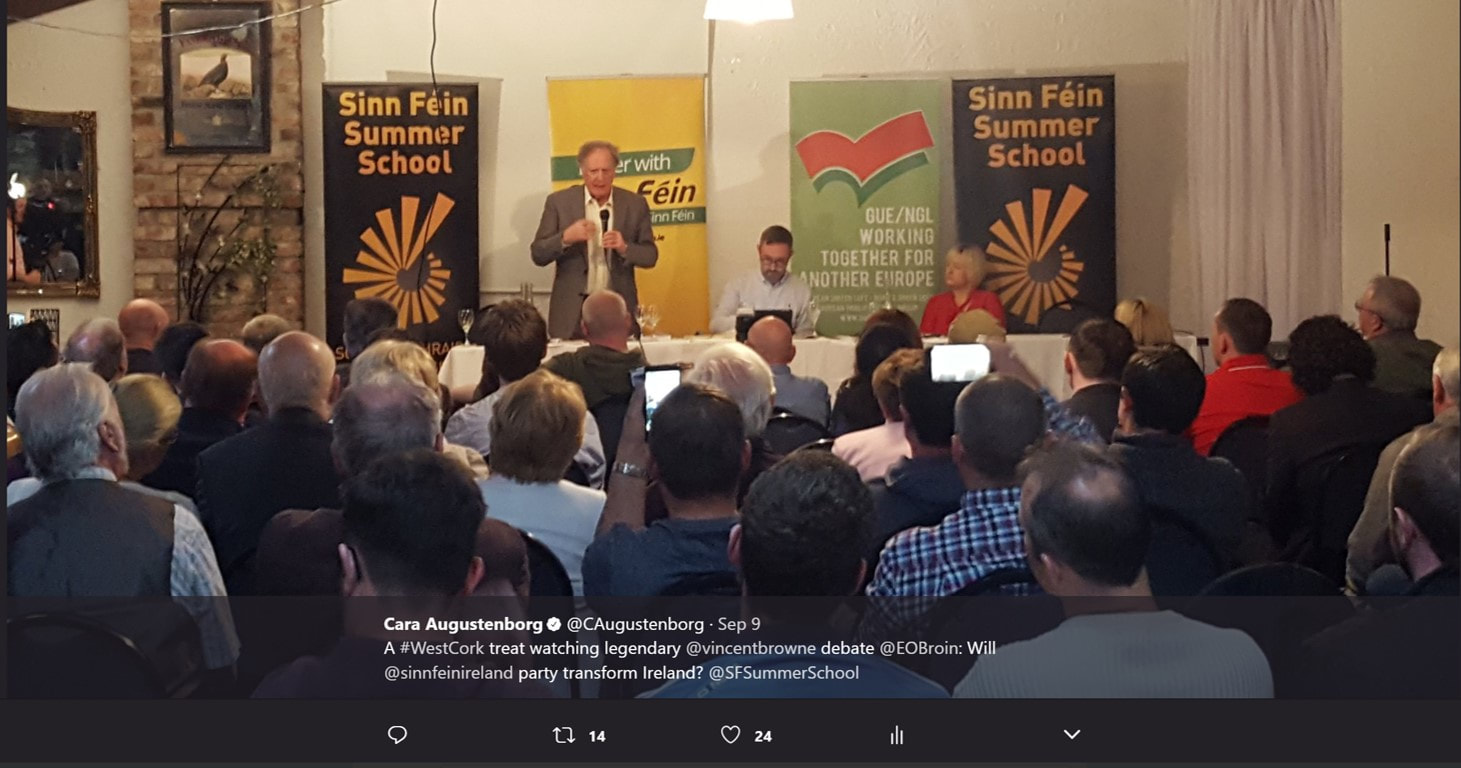

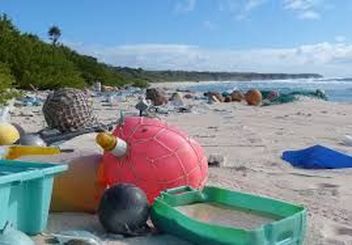
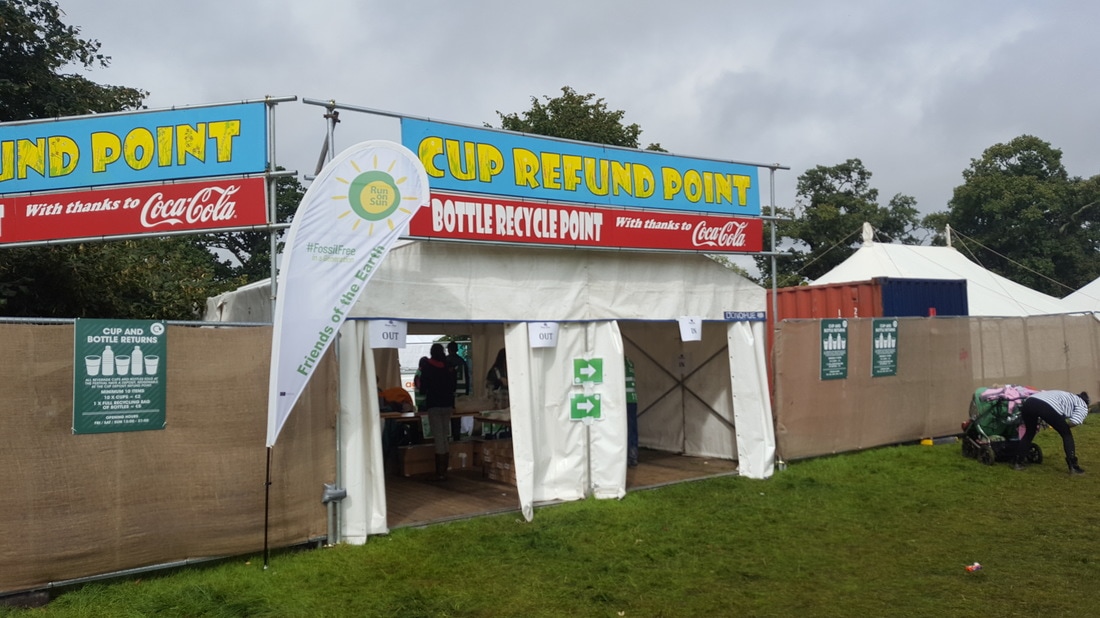
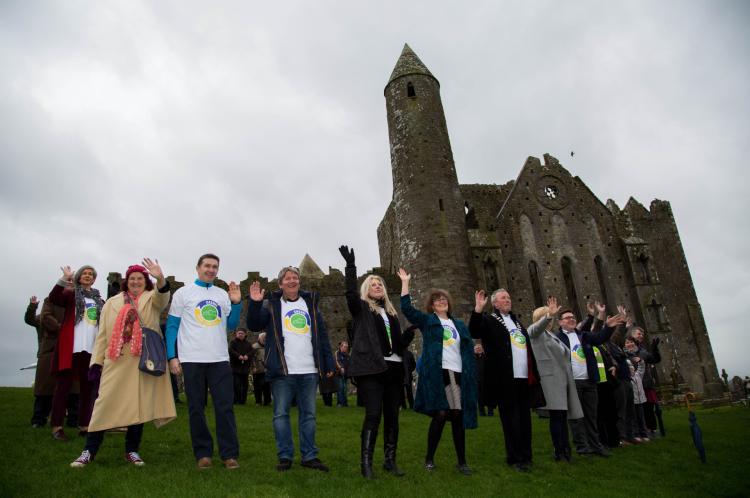
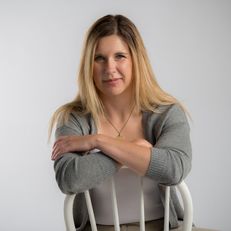



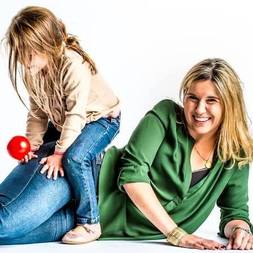


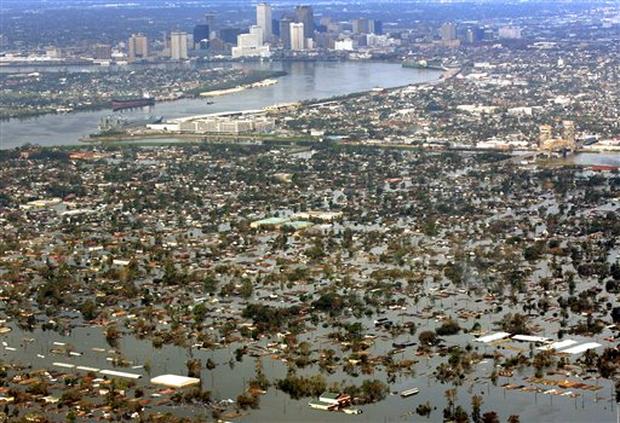
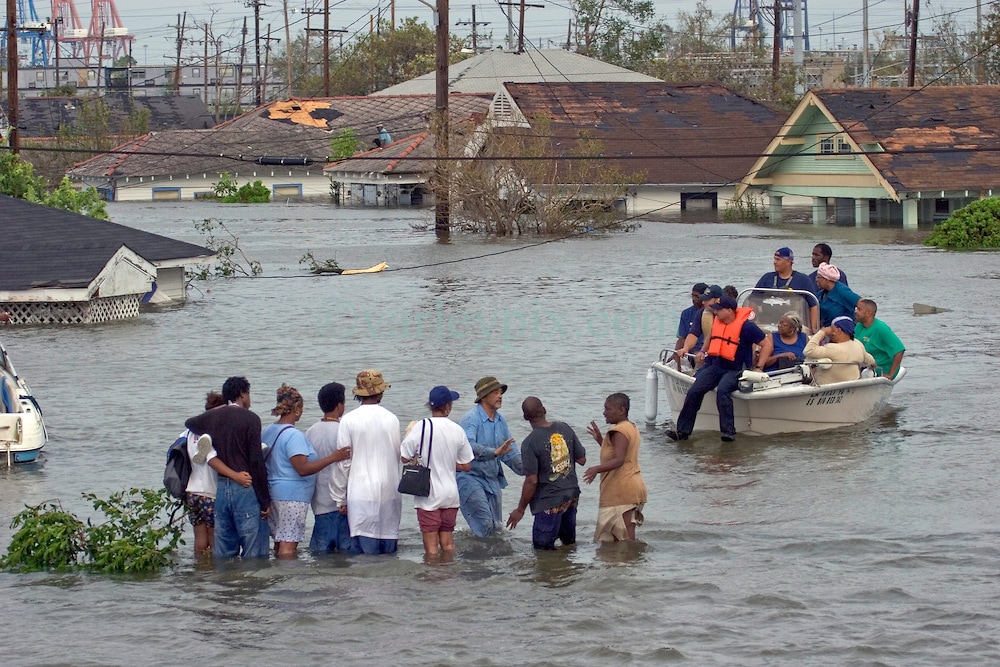

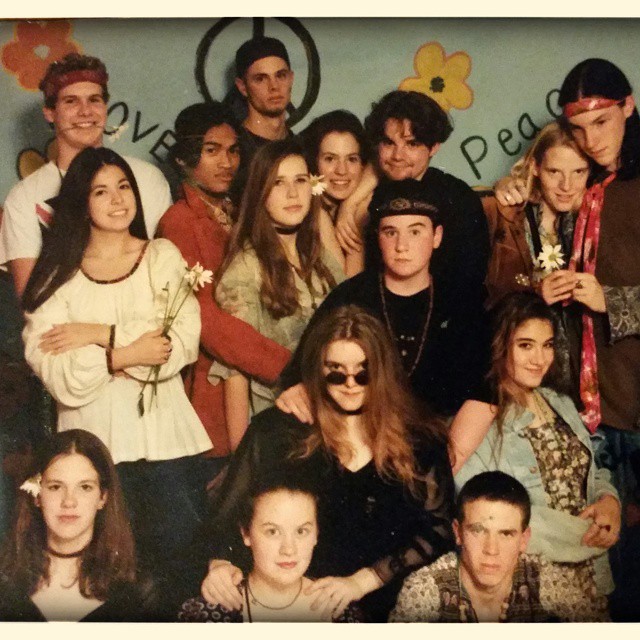
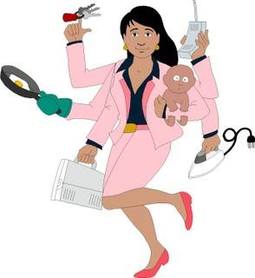




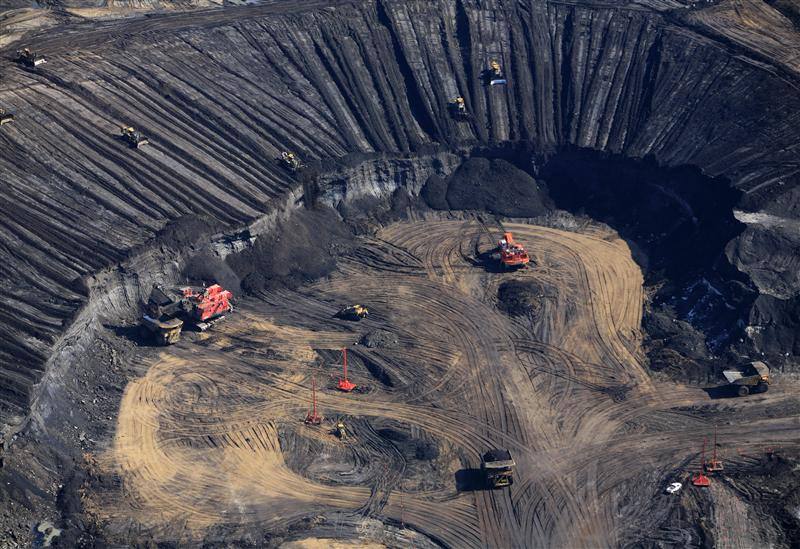

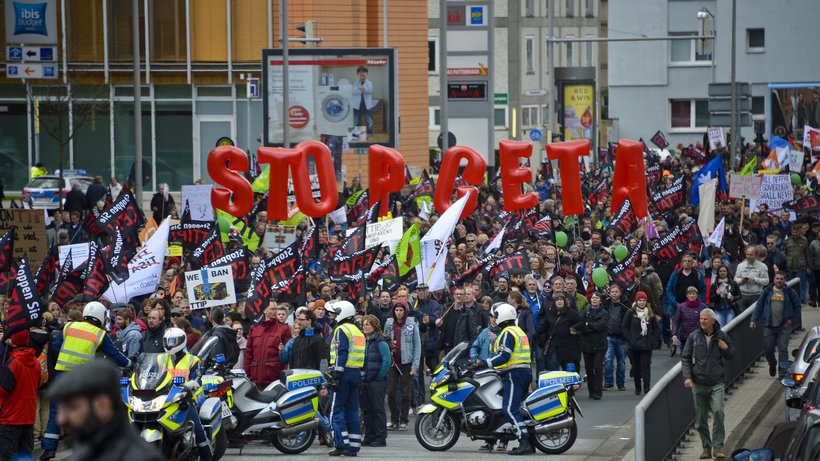
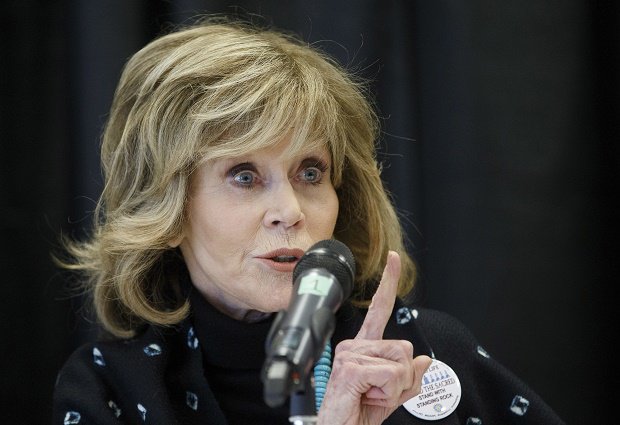

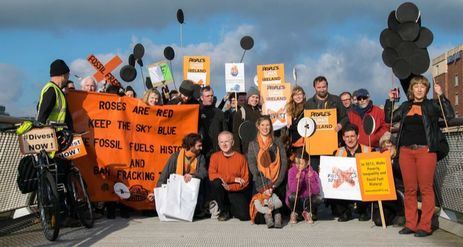
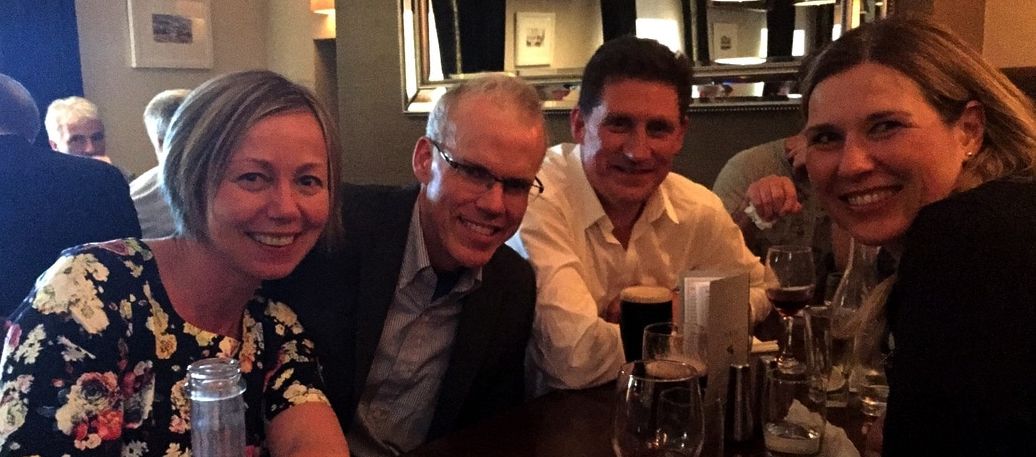

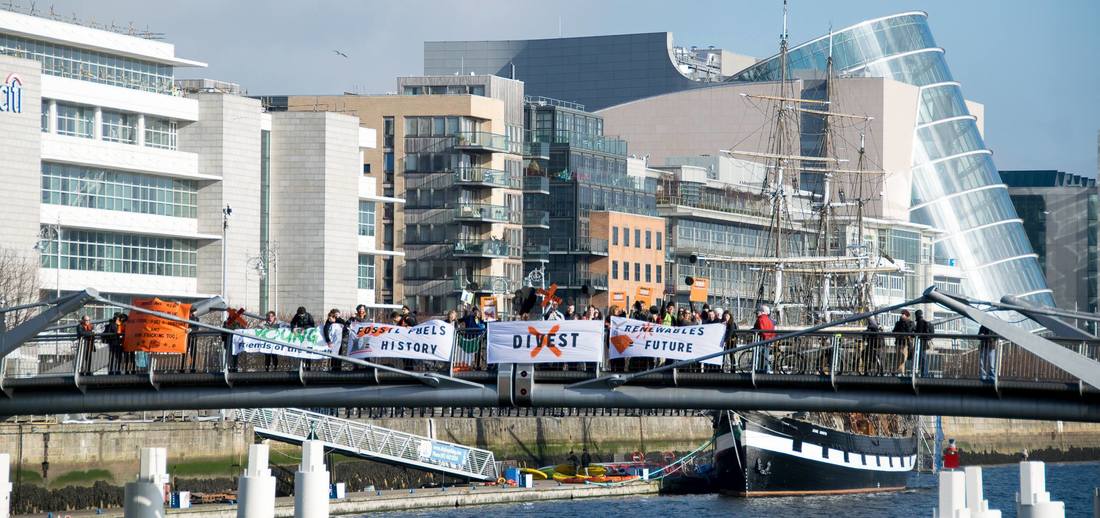
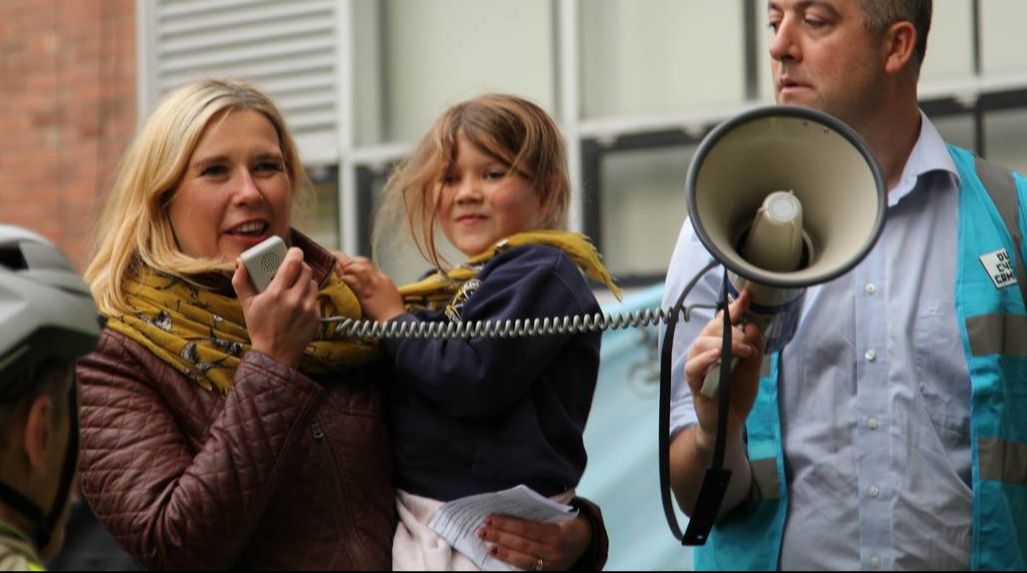
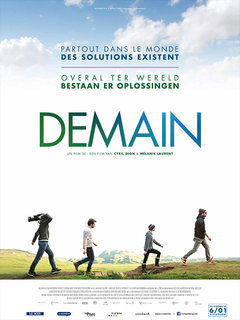

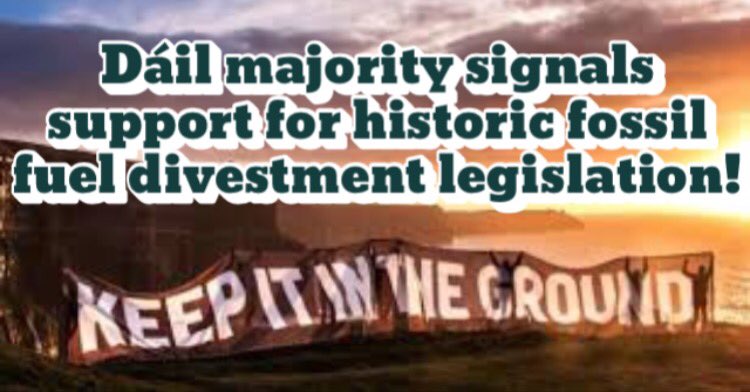
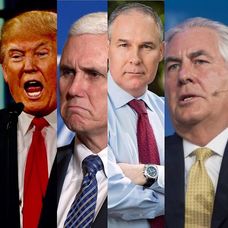
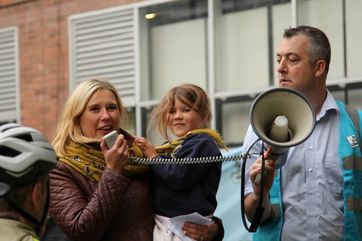
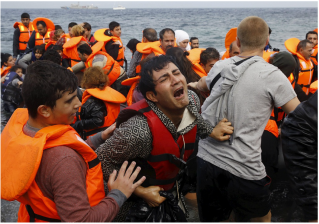
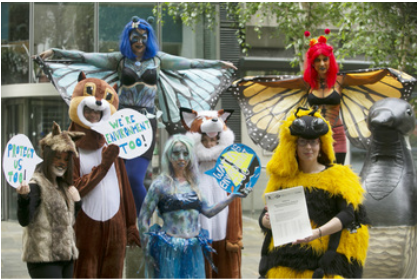


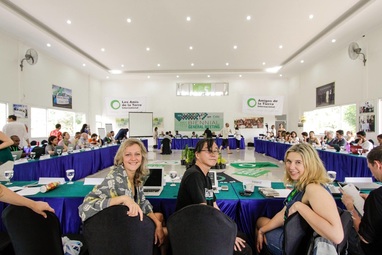
 RSS Feed
RSS Feed